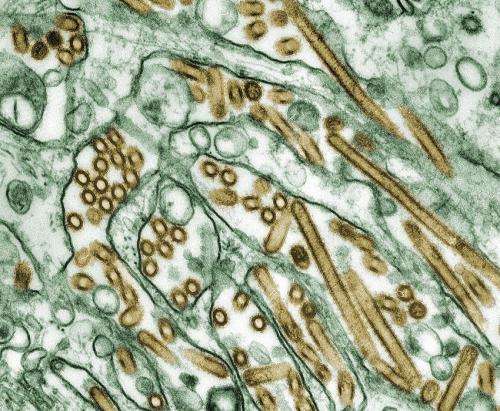Discovering a Brain-Like Communication System in Gut Cells Reshapes Understanding of Body Healing

New research uncovers neuron-like signaling by support cells in the gut, revolutionizing understanding of tissue regeneration and potential treatments for gut diseases.
Recent research from Duke-NUS Medical School and NTU Singapore has uncovered a groundbreaking communication mechanism in the human gut. Scientists discovered that support cells called telocytes use fine, neuron-like extensions—known as cytonemes—to send precise signals directly to intestinal stem cells. This discovery challenges previous assumptions that chemical messengers like Wnt proteins simply diffuse through tissue to reach their target. Instead, telocytes actively deliver signals with pinpoint accuracy, akin to how neurons communicate in the brain.
Published in Developmental Cell, the study explains how the intestinal lining, one of the body's most dynamic tissues, renews itself every few days via stem cells located in crypts. These stem cells depend on signals from surrounding support cells within their microenvironment, or niche, to differentiate into various gut cell types. Previously, it was believed that these signals traveled randomly via diffusion, but new evidence shows that telocytes directly transfer Wnt signals through specialized contact points resembling synapses.
Using advanced imaging, including electron microscopy, researchers observed telocytes extending long cytonemes that deliver Wnt proteins directly to specific stem cells. These contact points facilitate a highly targeted signaling process, likened to synaptic communication between nerve cells. This neuron-like behavior in gut cells signifies a new level of cellular precision in organ maintenance and regeneration.
The proteins KANK and Liprin, essential for cytoneme formation, were found to be crucial for this targeted signaling. When disrupted, the signaling machinery failed, highlighting the importance of this system. This mechanism's discovery offers insights into conditions like colon cancer and inflammatory bowel disease (IBD), both of which involve disrupted Wnt signaling.
Professor David Virshup emphasized that this targeted communication system redefines our understanding of cellular interactions within the gut and opens new avenues for regenerative medicine. Harnessing or restoring this precise signaling could improve stem cell therapies and lead to more targeted treatments for gut-related diseases.
This research not only reveals a surprising brain-like communication process in the gut but also paves the way for advances in tissue repair and disease treatment, showcasing the profound impact of basic science in medical innovation.
Stay Updated with Mia's Feed
Get the latest health & wellness insights delivered straight to your inbox.
Related Articles
Hidden Evolution in Sperm Increases Disease Risk for Offspring as Men Age
New research highlights how natural selection within the testes increases harmful genetic mutations in sperm as men age, raising the risk of genetic disorders in children.
New Insights into Kidney Transplant Rejection: The Role of Lymphatic Vessel Changes
New research uncovers how changes in lymphatic vessels contribute to kidney transplant rejection, opening pathways for improved long-term outcomes through targeted therapies.
Child Hospitalized as Bird Flu Cases Rise in Cambodia
A child in Cambodia is hospitalized amid a surge in H5N1 bird flu cases, highlighting ongoing risks of avian influenza transmission and the importance of vigilant disease surveillance.
CDC and FDA Issue Warning on Salmonella Risks from Frozen Sprouted Bean Products
Public health authorities warn consumers and businesses about Salmonella risks linked to frozen sprouted bean products, following an outbreak investigation and product recall. Protect yourself by avoiding affected products and practicing proper food hygiene.



